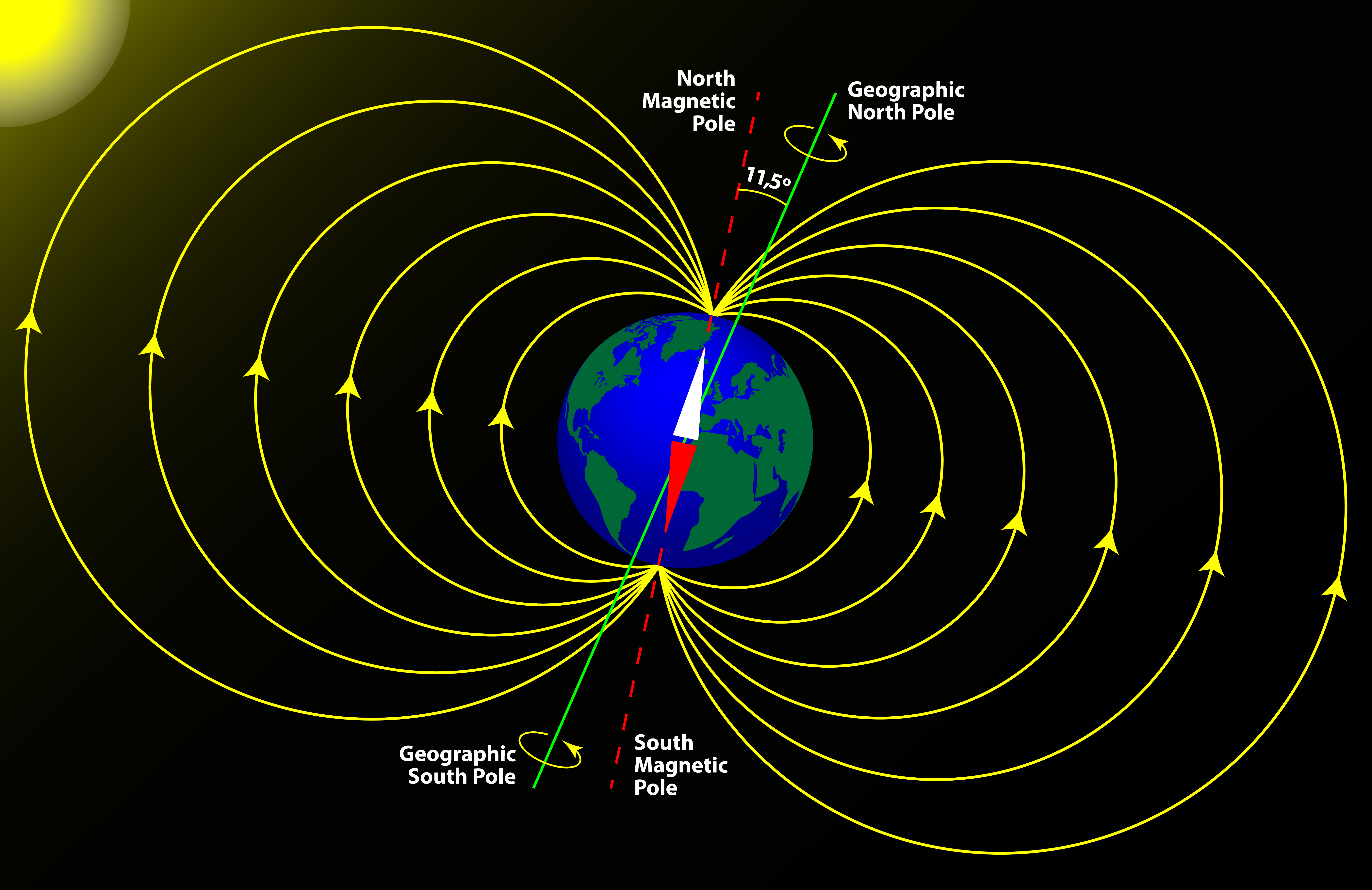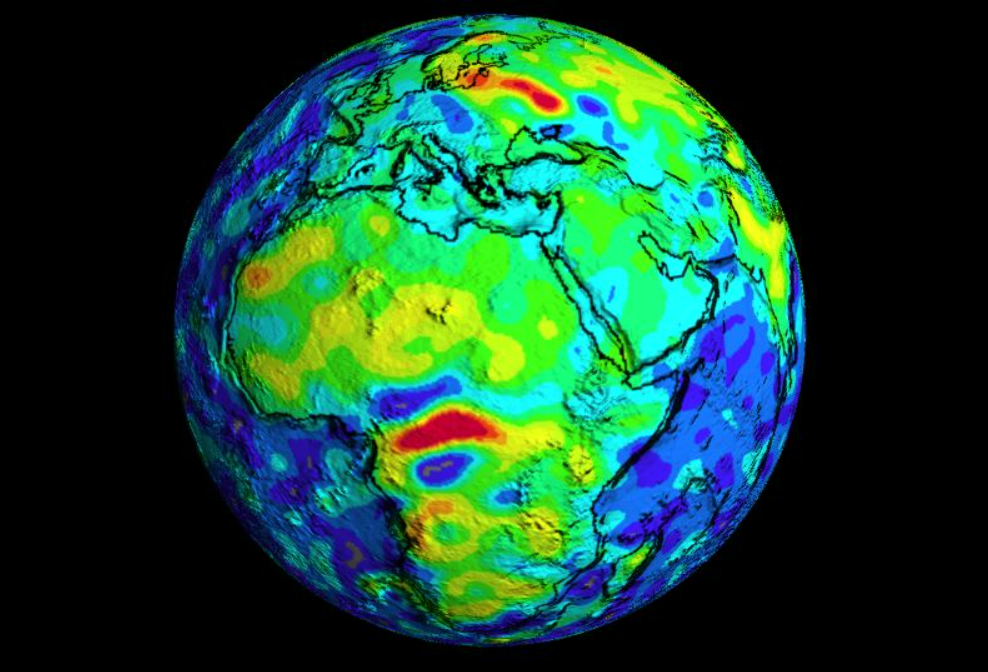Compasses were the trusted companions of sailors, explorers, and travelers for centuries, offering a simple way to find north. A small magnetized needle is set on a tiny pivot, allowing it to move and align itself with the invisible force of Earth’s magnetic field. But this simple tool has a major flaw.
In certain places on the planet, compass needles begin to fumble and falter. Two such places are the regions near the poles at the “top” of the planet, in the Arctic, and the “bottom”, in Antarctica.
The World Magnetic Model, the official map showing Earth’s magnetic field, highlights these so-called “Blackout Zones” where compasses don’t work reliably in the polar regions, and the area is surprisingly large.

World Magnetic Model 2025: A map of magnetic field lines over the Arctic, with the blackout zone marked in grey.
Image credit: NOAA/NCEI
The problem comes down to the way Earth’s magnetic field behaves. At mid-latitudes, the magnetic field lines run at a relatively shallow angle, sweeping across the surface in a way that allows the compass needle to stay level and steady (see diagram below).
At Earth’s polar extremes, however, those lines plunge steeply into the Earth and become too vertical. Instead of gently guiding the needle toward magnetic north, they pull it downward, causing the needle to tilt, stick, or spin unpredictably.

Notice how the magnetic field line is relatively horizontal at the mid-latitudes and equator, but near-vertical at the poles.
Image credit: Milagli/Shutterstock.com
Another factor that can throw off a compass is deposits of iron in the ground. In the Kursk region of western Russia, there’s a patch of land that’s so laden with iron ore that compasses don’t work properly. This strange magnetic anomaly was first noticed as far back as 1784 by Petr Imokhodtsev, a researcher who was surveying the city of Kursk and noticed that his compass was acting up.
“It is a known fact that the magnetic needle of the compass always points practically straight to the north. However, the proximity of masses of iron exerts a perceptible effect upon the magnetic needle, producing its deflection toward the west or toward the east. The deflections of the needle from its conventional positions are called anomalous deflections, and the areas in which these anomalous deflections occur are known as magnetic anomalies,” reads a 1949 document by the CIA about the Kursk Magnetic Anomaly.
“There are many areas around the globe where such anomalies occur. These anomalies are due to accumulations at low depths of magnetic iron ores which attract the compass needle and cause it to show deflected readings,” it added.
There’s a similar magnetic anomaly in Bangui, the capital of the Central African Republic. The cause for this anomaly is still unknown, although one theory suggests it may be the result of a prehistoric meteorite impact.
Such a colossal crash could have deposited iron and other metals in the region or altered the local geology through intense heat and pressure. In the aftermath, minerals in the crust may have melted, recrystallized, or had their magnetic properties realigned, leaving behind the unusual magnetic signature detected today.

Magnetic intensity from satellite data, showing the Bangui anomaly in central Africa and the Kursk in Eurasia.
Magnetic compasses would theoretically work in space, at least within the immediate vicinity of Earth, although it would be unwise to trust them for navigation.
Our planet’s magnetic field, the magnetosphere, bulges out around 37,000 kilometers (23,000 miles) on the side that faces the Sun and approximately 370,000 kilometers (230,000 miles) behind the planet. Within this bubble, the compass would technically work.
That said, Earth’s magnetic field in space is far weaker and far less uniform than it is on the surface. Solar winds constantly tamper and distort it, causing the field lines to twist, stretch, and shift in unpredictable ways. A compass needle floating in orbit would jitter and drift, offering little more than confusion.
That’s why astronauts don’t pack compasses, instead relying on high-tech equipment to understand their place in the Solar System.
Source Link: Blackout Zones: The Places On Earth Where Magnetic Compasses Don’t Work